In today’s highly regulated and digital environment, Australia’s small community and customer owned banks face a challenge that’s bigger than just compliance. They need governance, risk, and compliance frameworks that protect the business while also helping it grow. At SureStep, we focus on helping these banks design GRC systems that do both.
Start with the Right Data Model
The most effective GRC programs start with the right foundation. That foundation is the data model. When you design your data architecture up front, you can move faster, reduce duplication, and avoid costly rework. For smaller banks already managing lean teams and aging systems, this step is critical. A good data model ensures that you’re tracking the right risk indicators and capturing the right customer data. It turns decision making into something repeatable and trusted.
Make GRC Strategic
Many banks see GRC as a compliance function. But that view is outdated. The most resilient banks see GRC as a way to understand and manage risk in a way that supports growth. That shift in mindset changes everything. GRC becomes less about reacting to regulatory changes and more about using risk data to drive smarter decisions. In Australia, where APRA and ASIC expectations are only increasing, this mindset is key to staying ahead.
Community banks also face pressure from digital-first competitors who are building GRC into their platforms from the start. These banks are faster because their risk controls are already wired into how they do business. Smaller traditional banks can catch up, but only if they see GRC not as overhead, but as a strategic capability.
Overcoming the Common Roadblocks
GRC implementation in smaller banks isn’t easy. Most don’t have the internal resources or time to manage a full transformation. And off-the-shelf solutions often fall short. They’re too broad or too rigid to meet the needs of a community bank that wants to scale in a controlled and cost-effective way.
That’s why we recommend starting small. Use a phased approach. Start with the area that presents the most risk or offers the biggest opportunity for improvement. That might be regulatory reporting. Or enterprise risk management. Then expand the program over time. That way your team builds experience and confidence as you grow the program.
SureStep’s Accelerated Framework supports that kind of rollout. We focus on building early wins with just enough process and technology. We avoid unnecessary complexity. And we help your team stay focused on what matters most.
Learn from the Digital Banks
There’s a lot community banks can learn from digital challengers across Asia Pacific. Many of them were able to embed governance and controls right from day one. They didn’t need to rip and replace legacy systems. Instead, they focused on building lean, modern GRC programs that matched their business model. That agility is something traditional banks can learn from and apply in their own way.
Why Expert Support Matters
Implementing or improving GRC is not something to do alone. With the right support, banks can avoid the most common mistakes. They can reduce project timelines. And they can make sure the solution fits their real needs. We help banks translate regulatory requirements into practical solutions. We help design the data model to support faster decisions. And we bring the experience to know what works and what doesn’t.
Australia’s community banks are at a turning point. They can either treat GRC as a box to check or they can use it as a foundation for resilience and growth. The banks that choose the second path are the ones that will stay relevant. That’s the path we help our clients take. GRC done right doesn’t slow you down. It gives you the clarity and control to move forward with confidence.








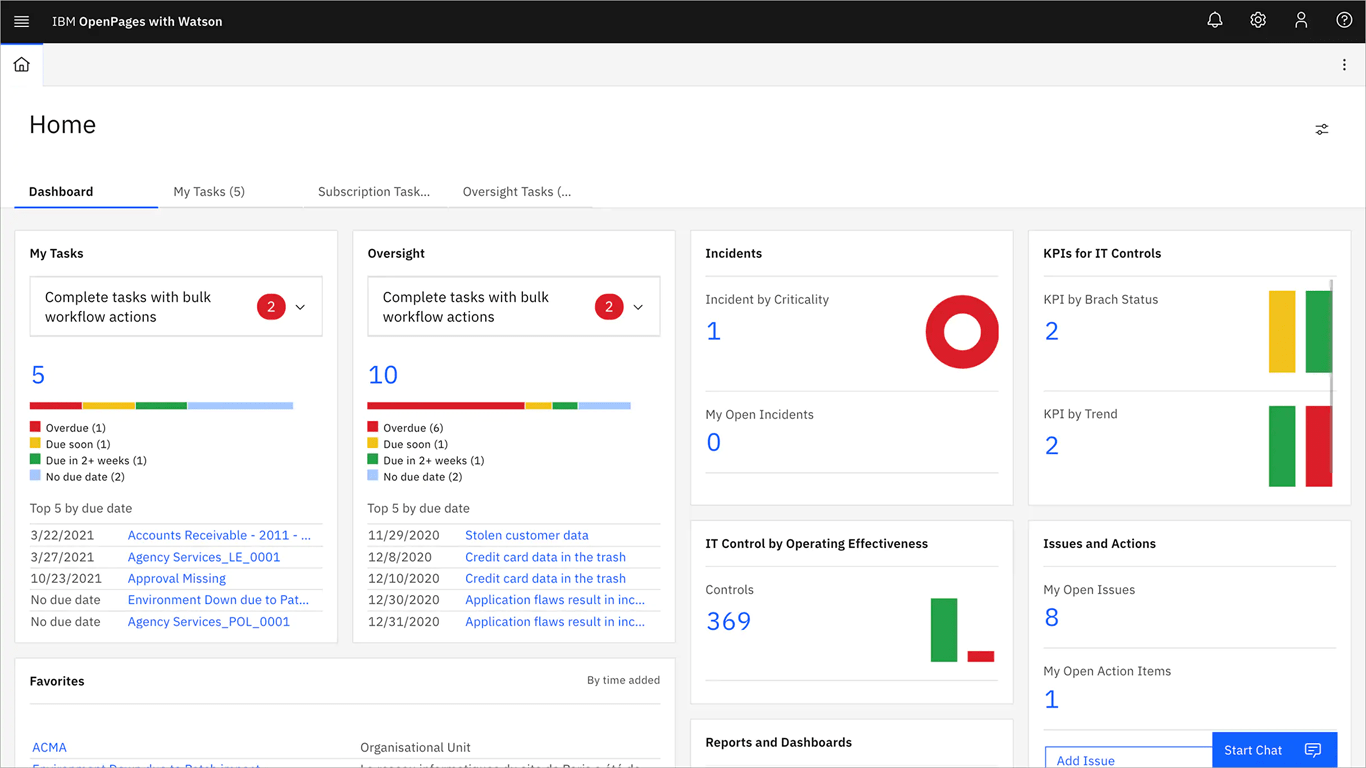


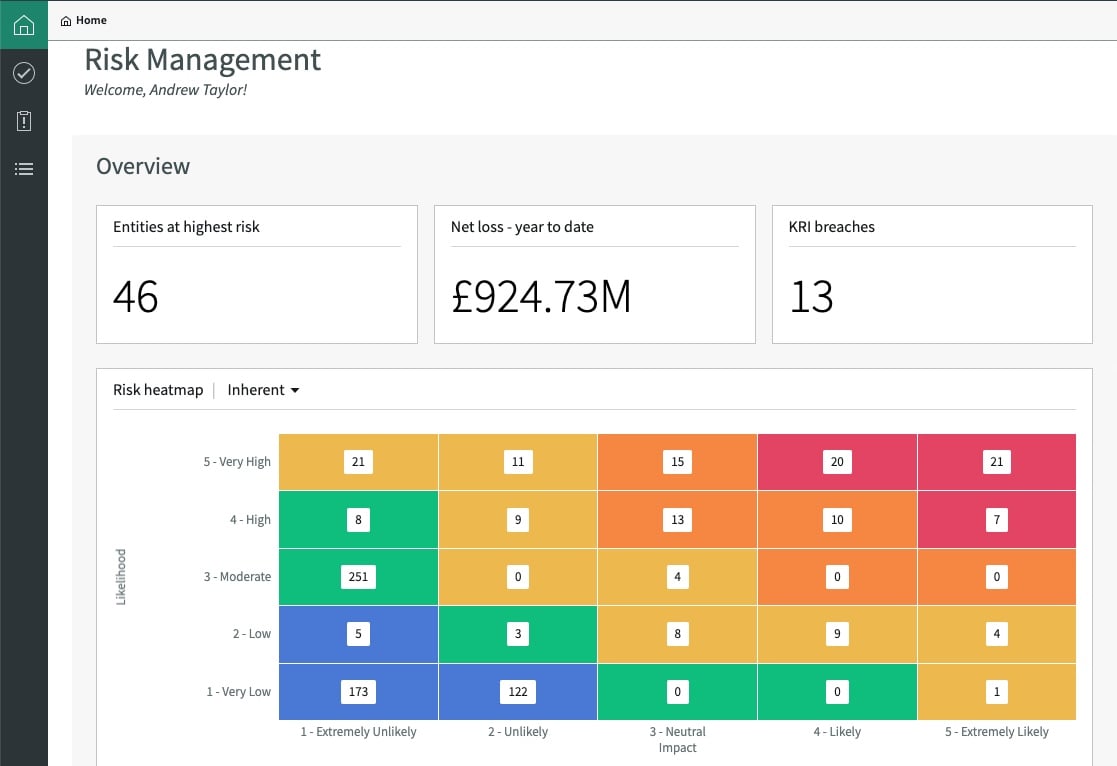






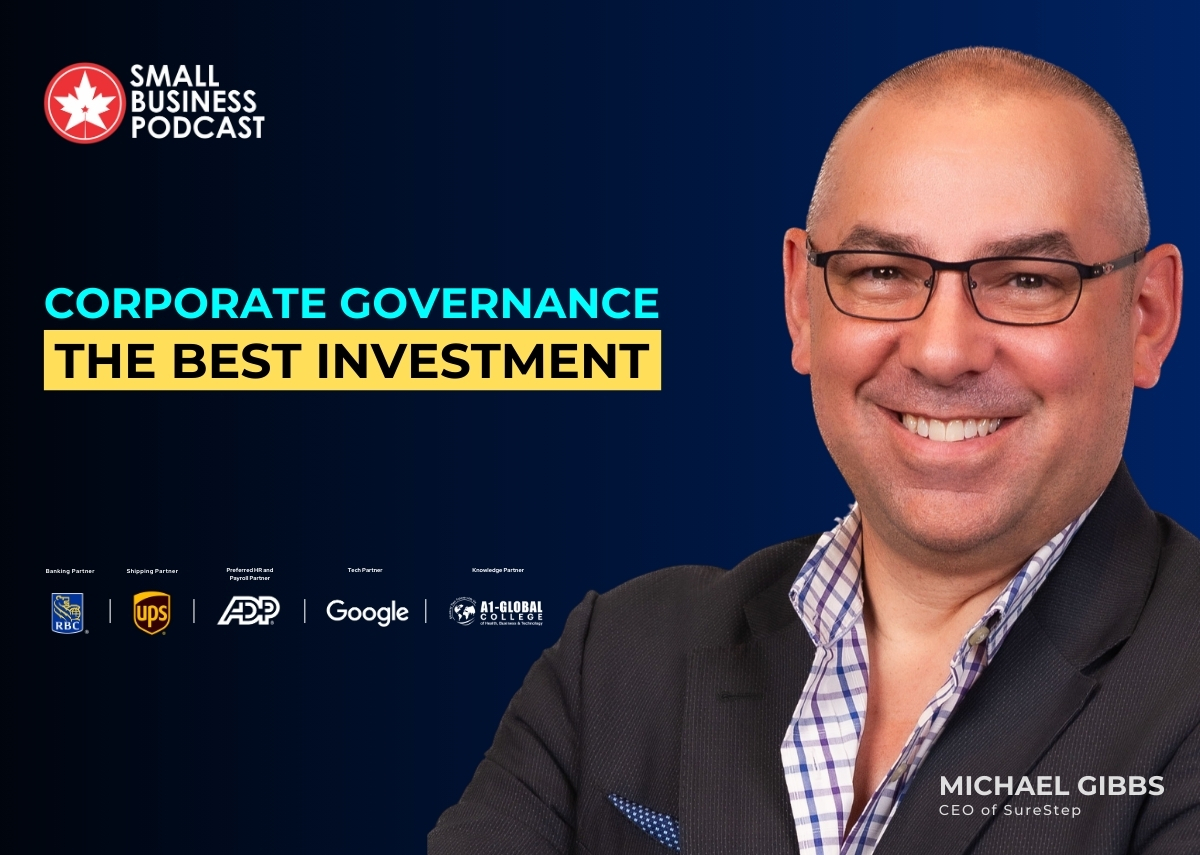
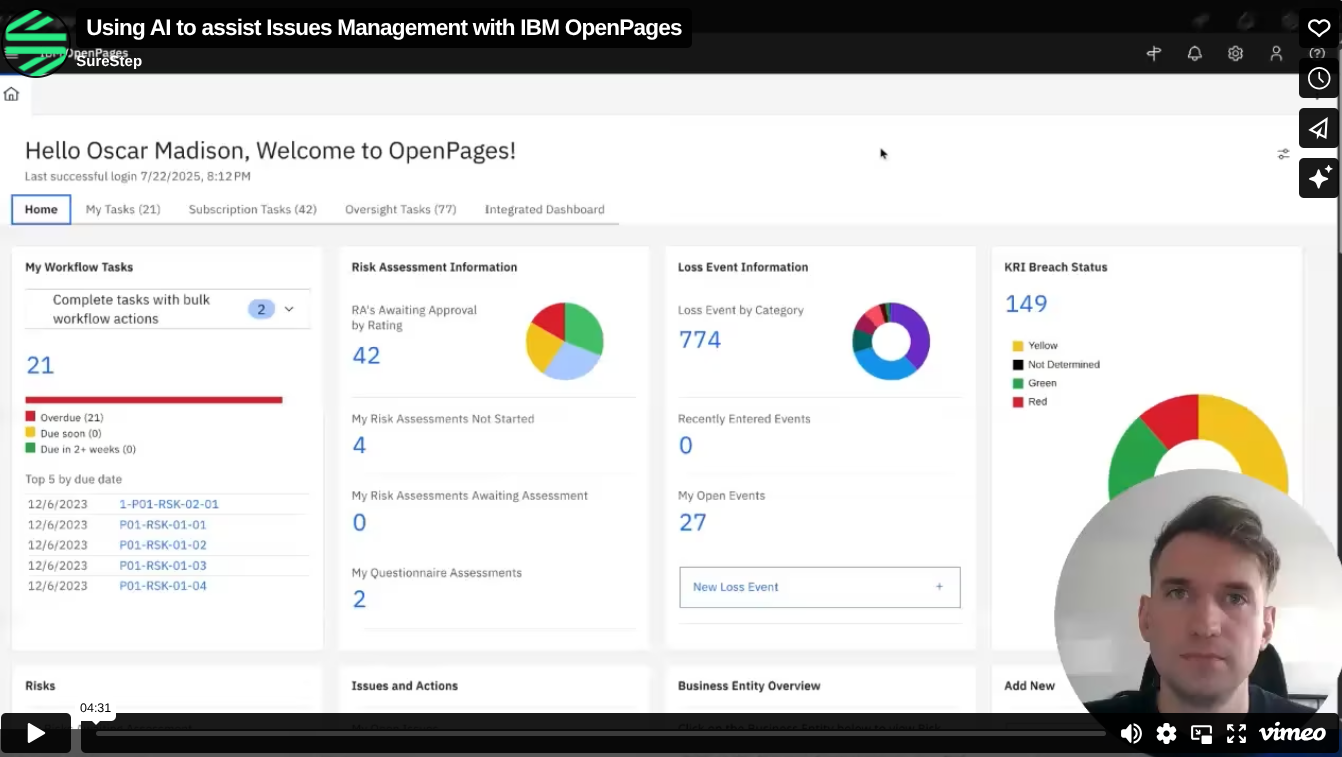




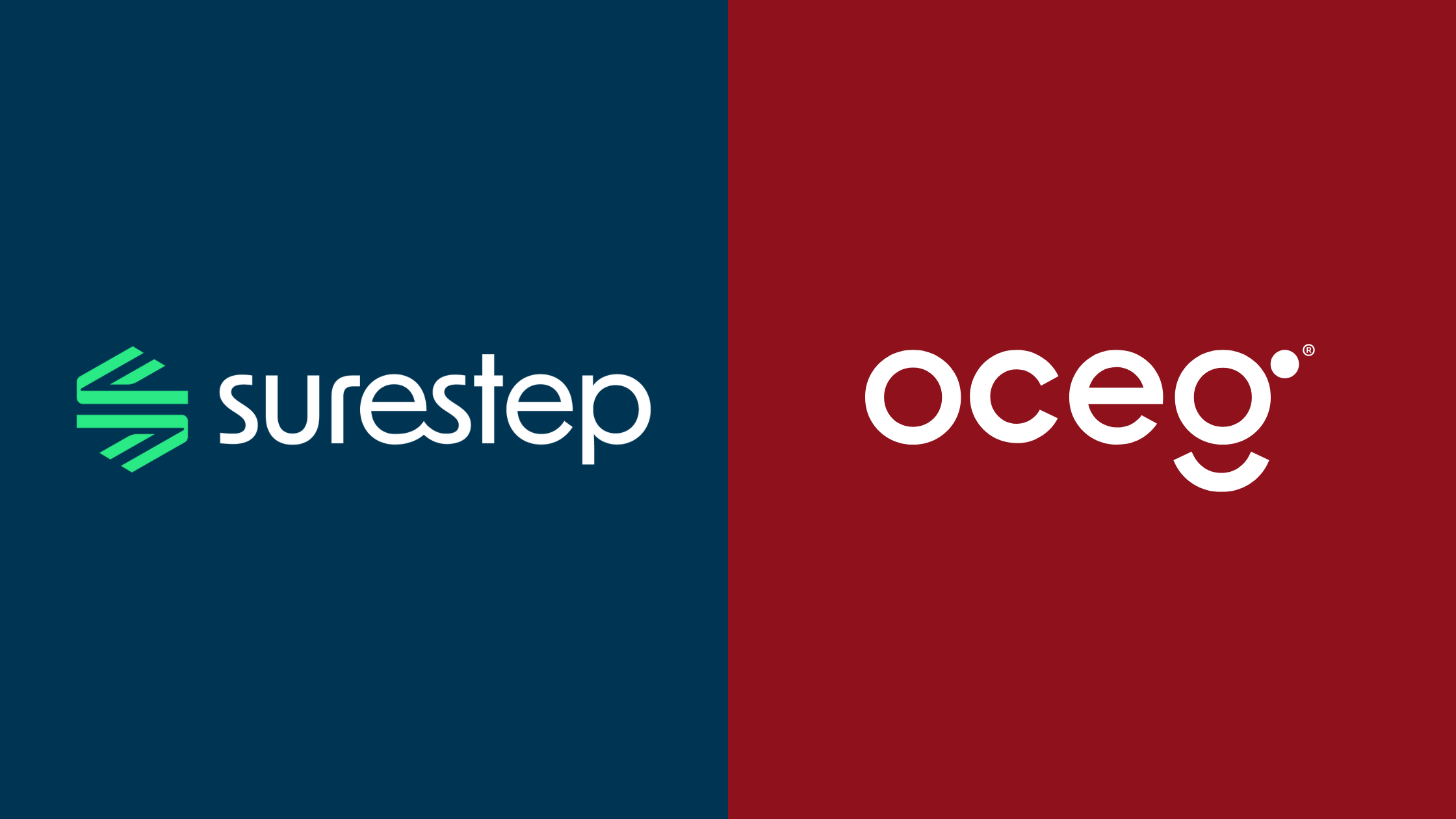


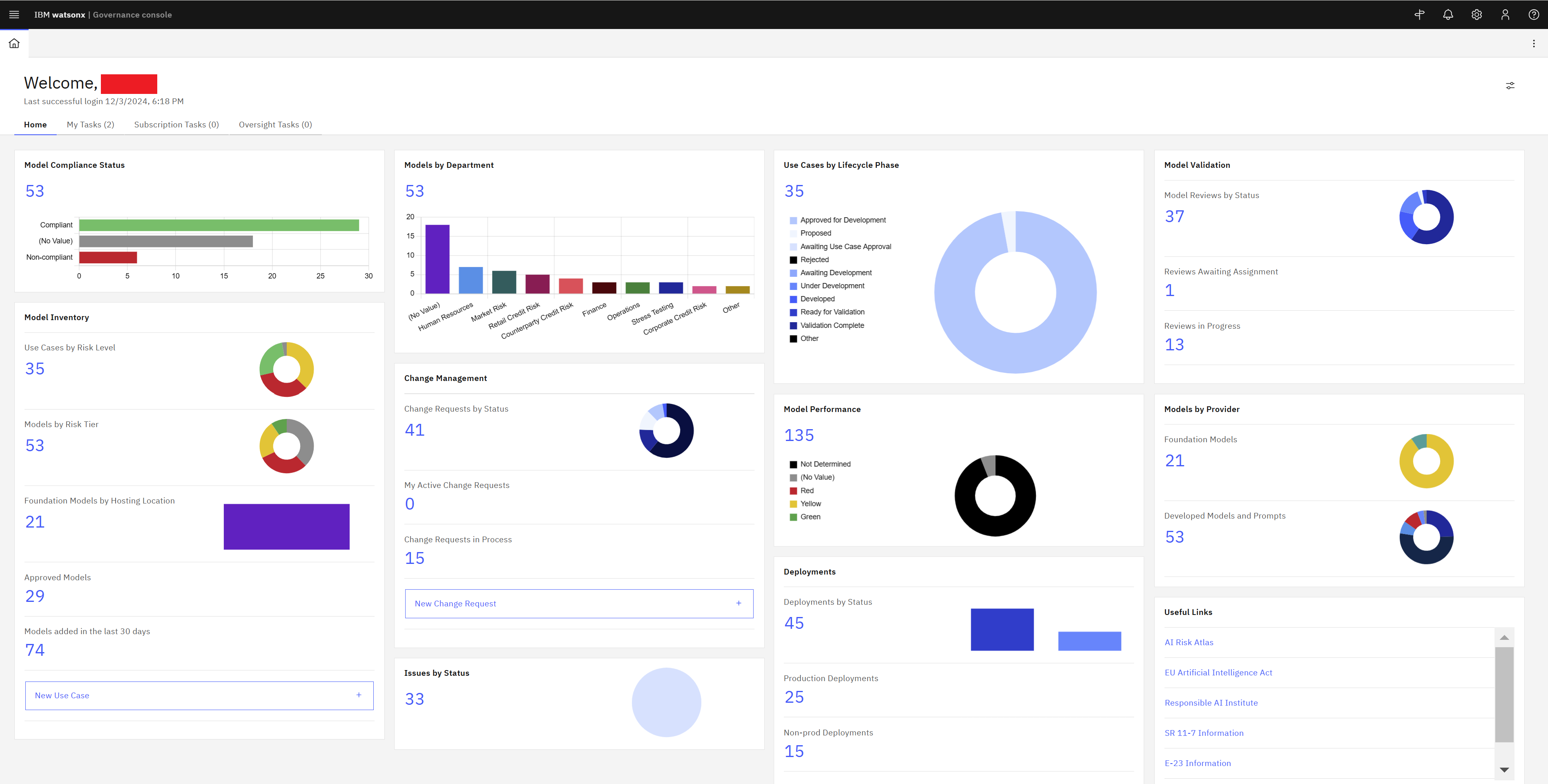

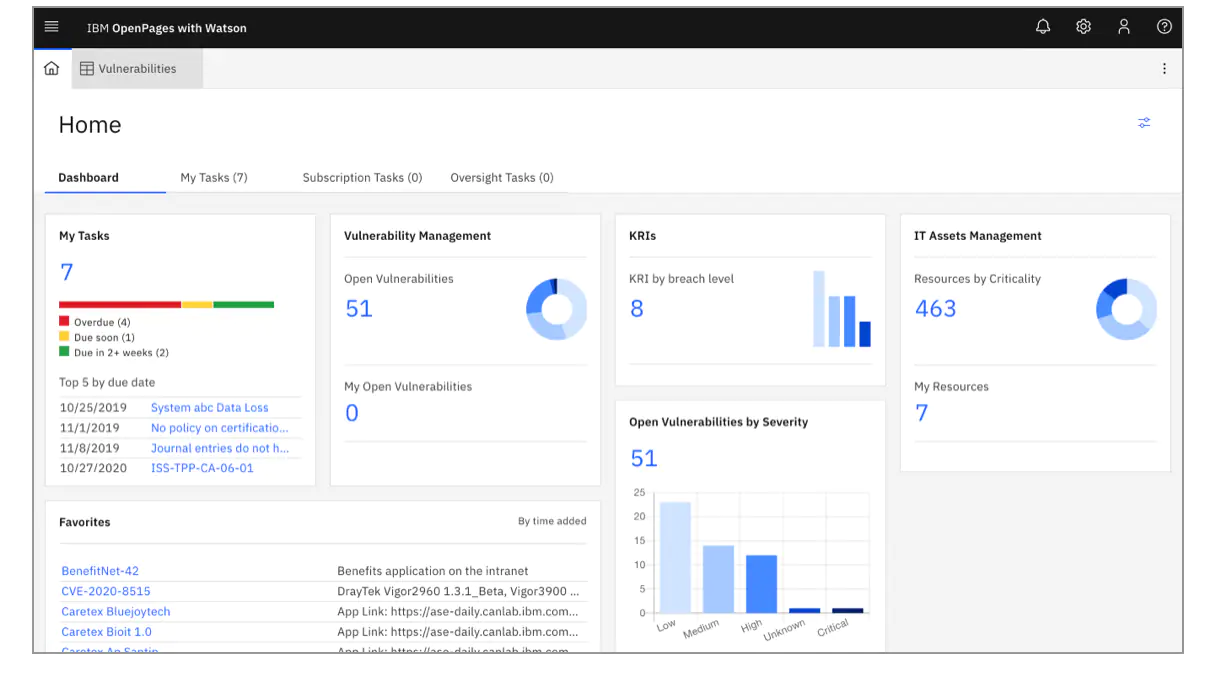
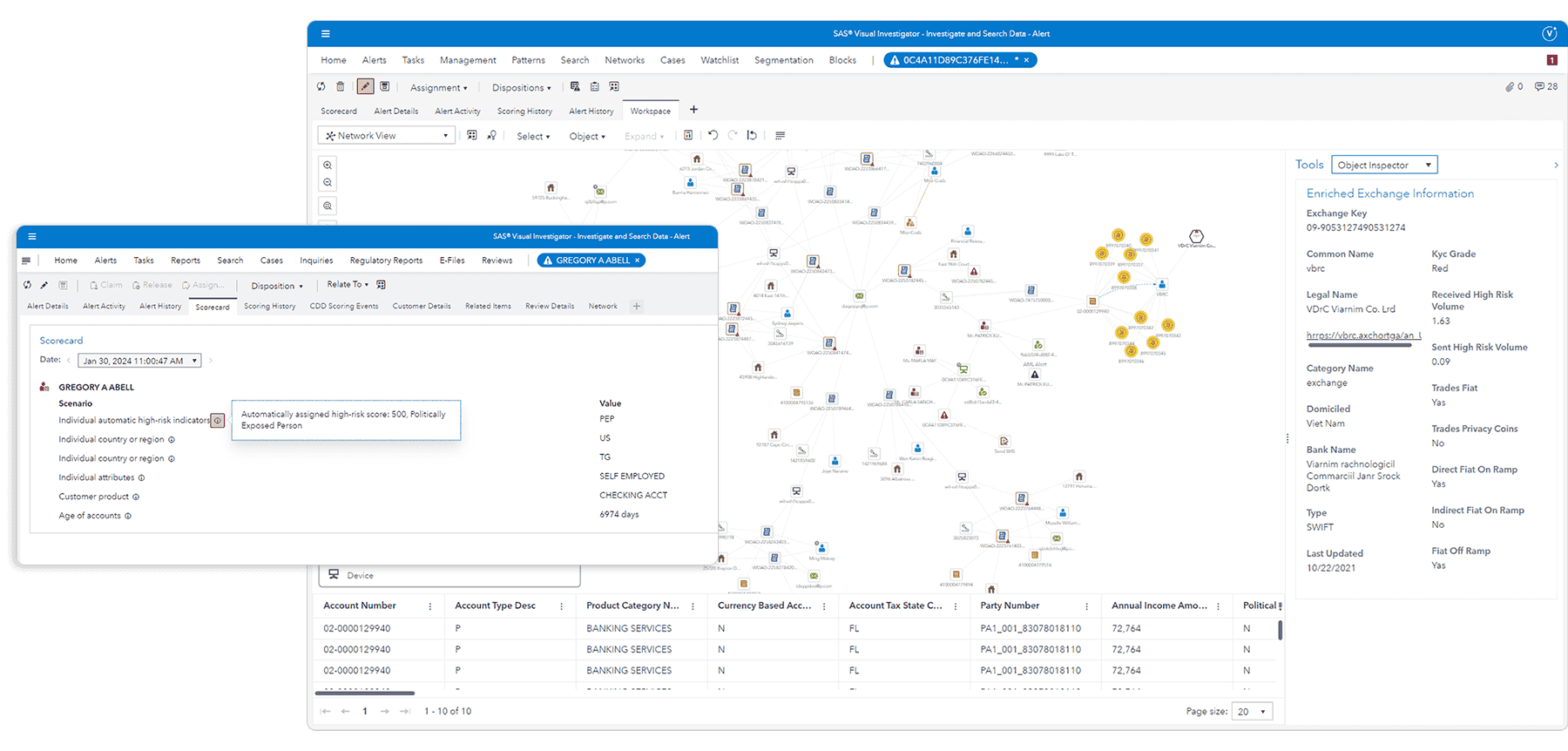
















.webp)

-1.jpg)










.jpg)



























.jpeg)







